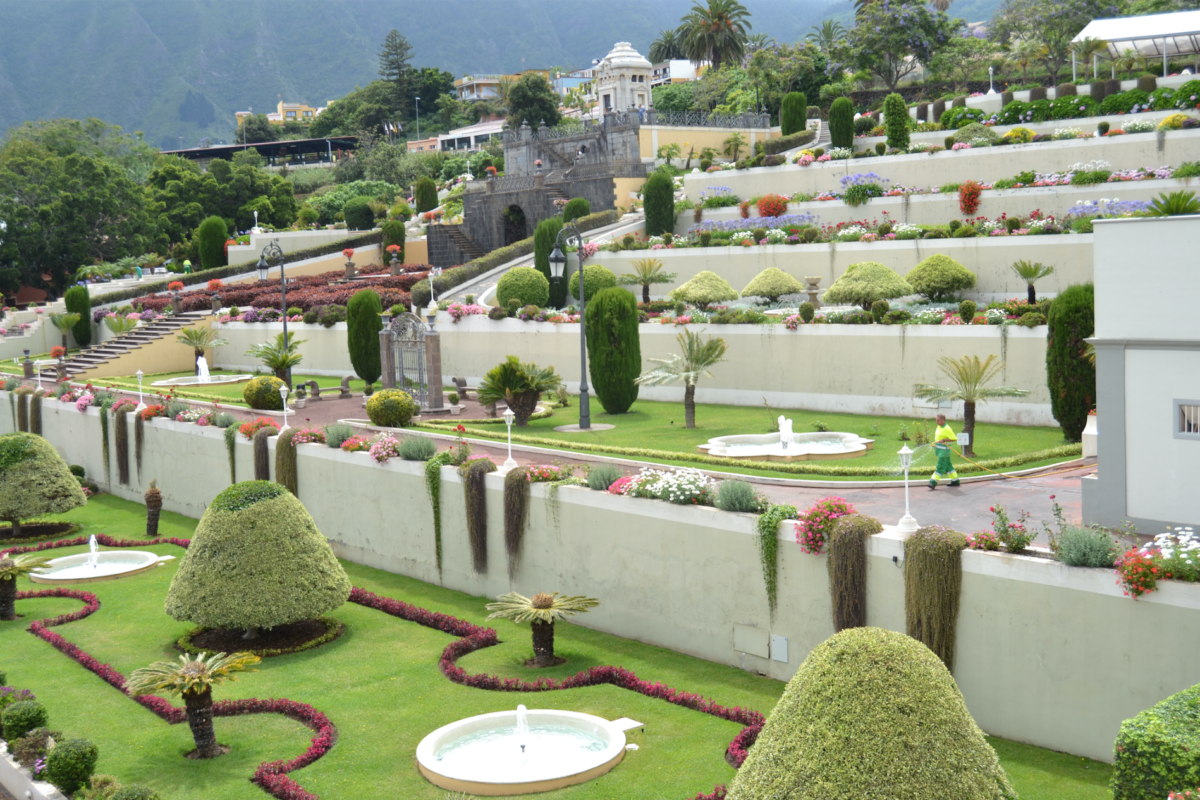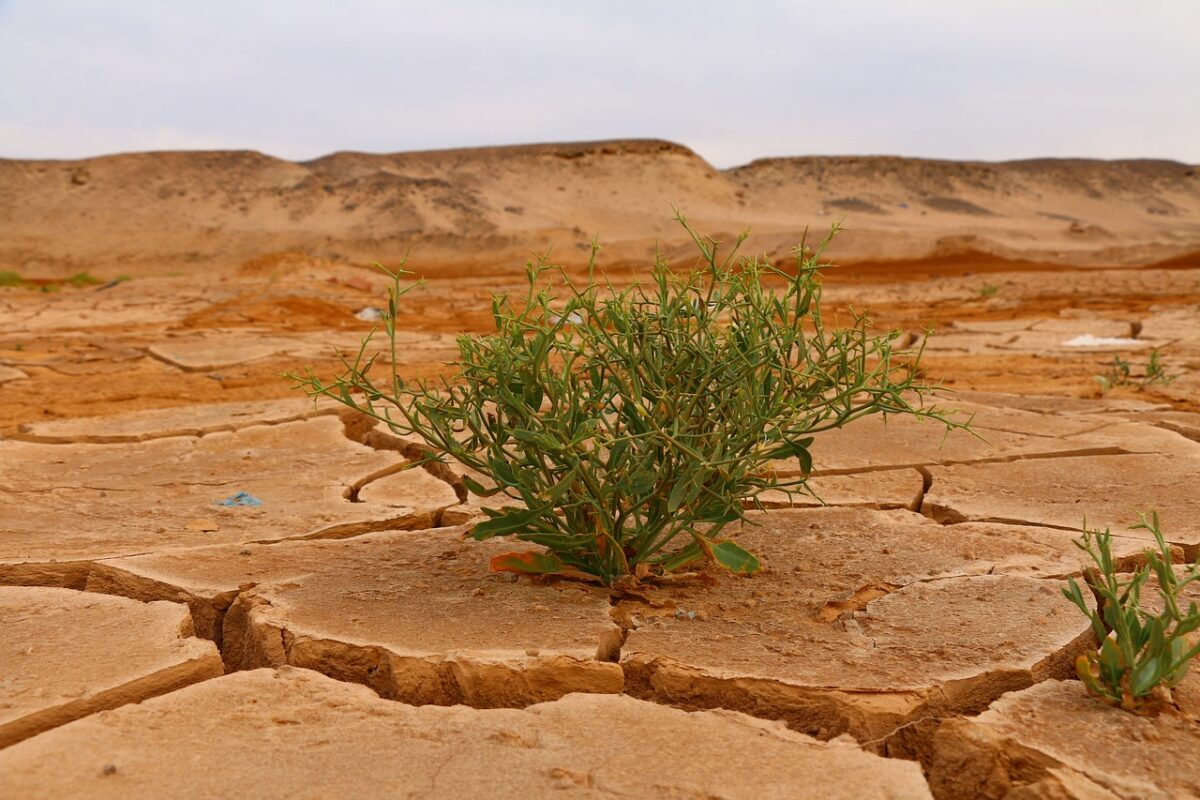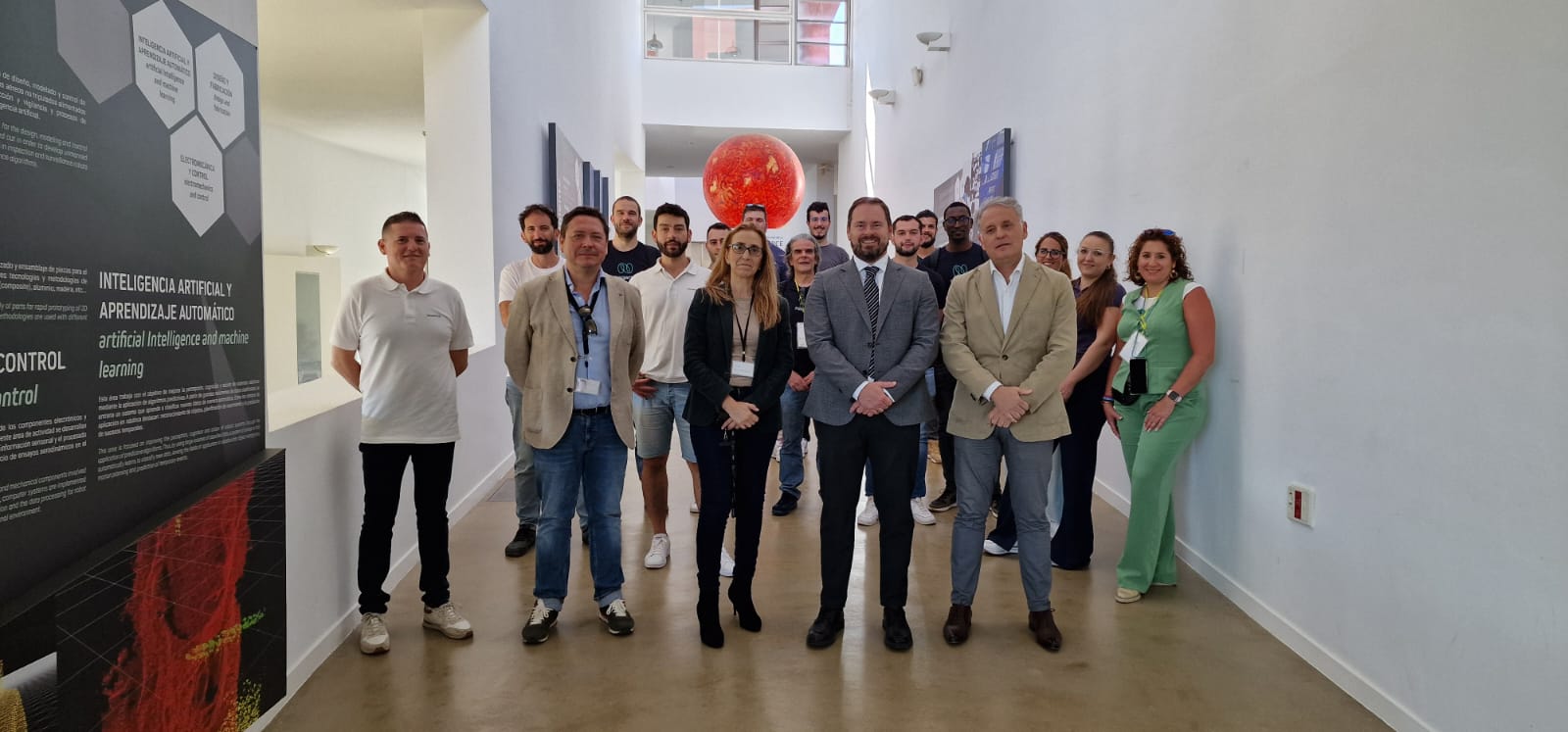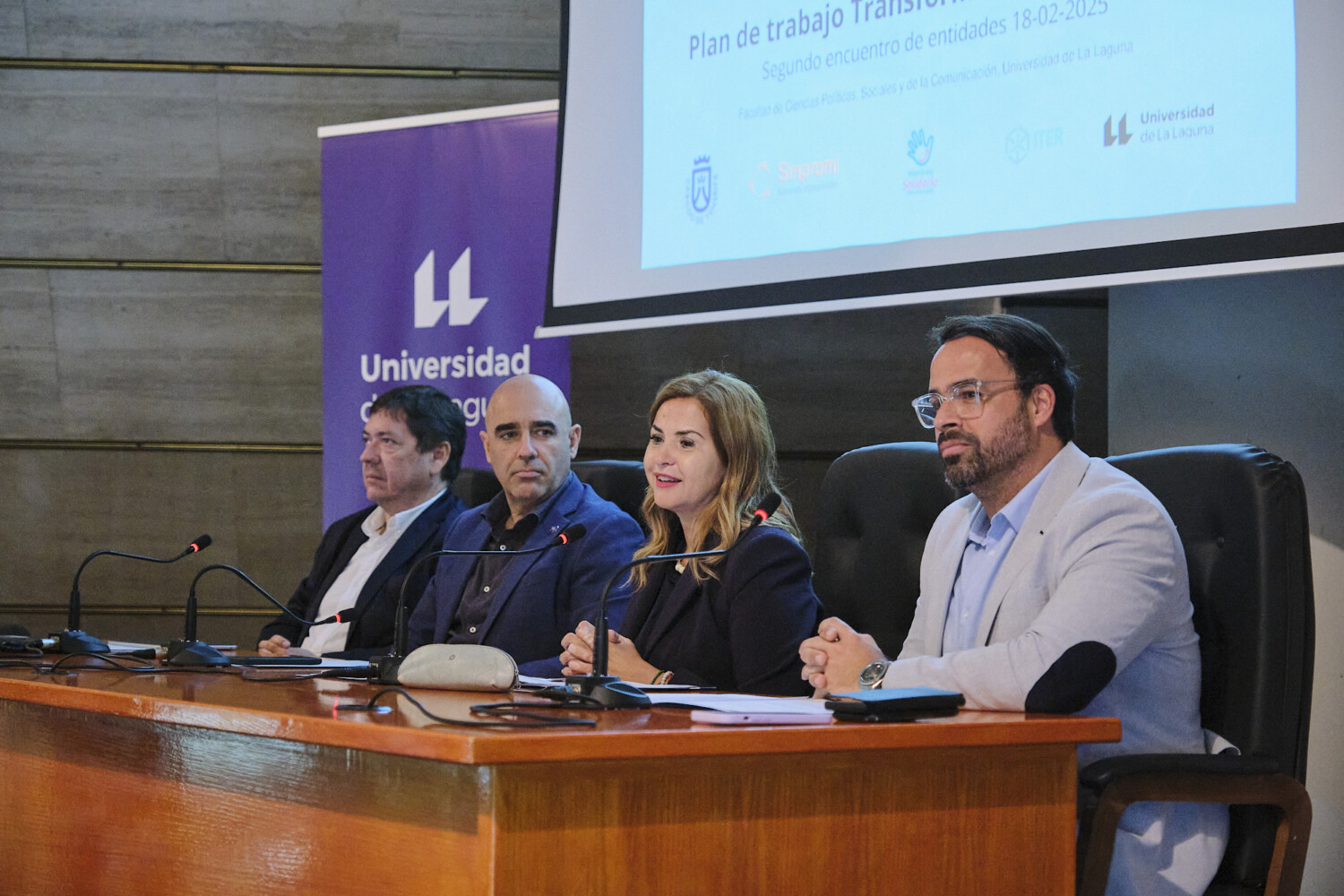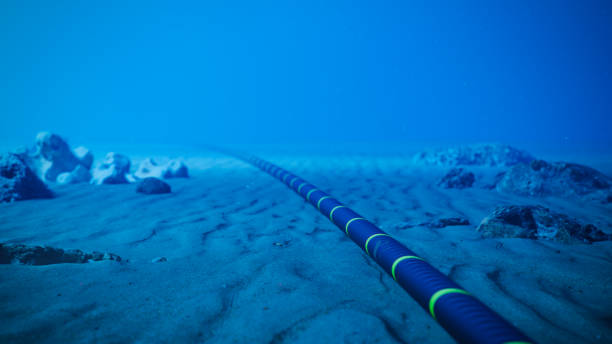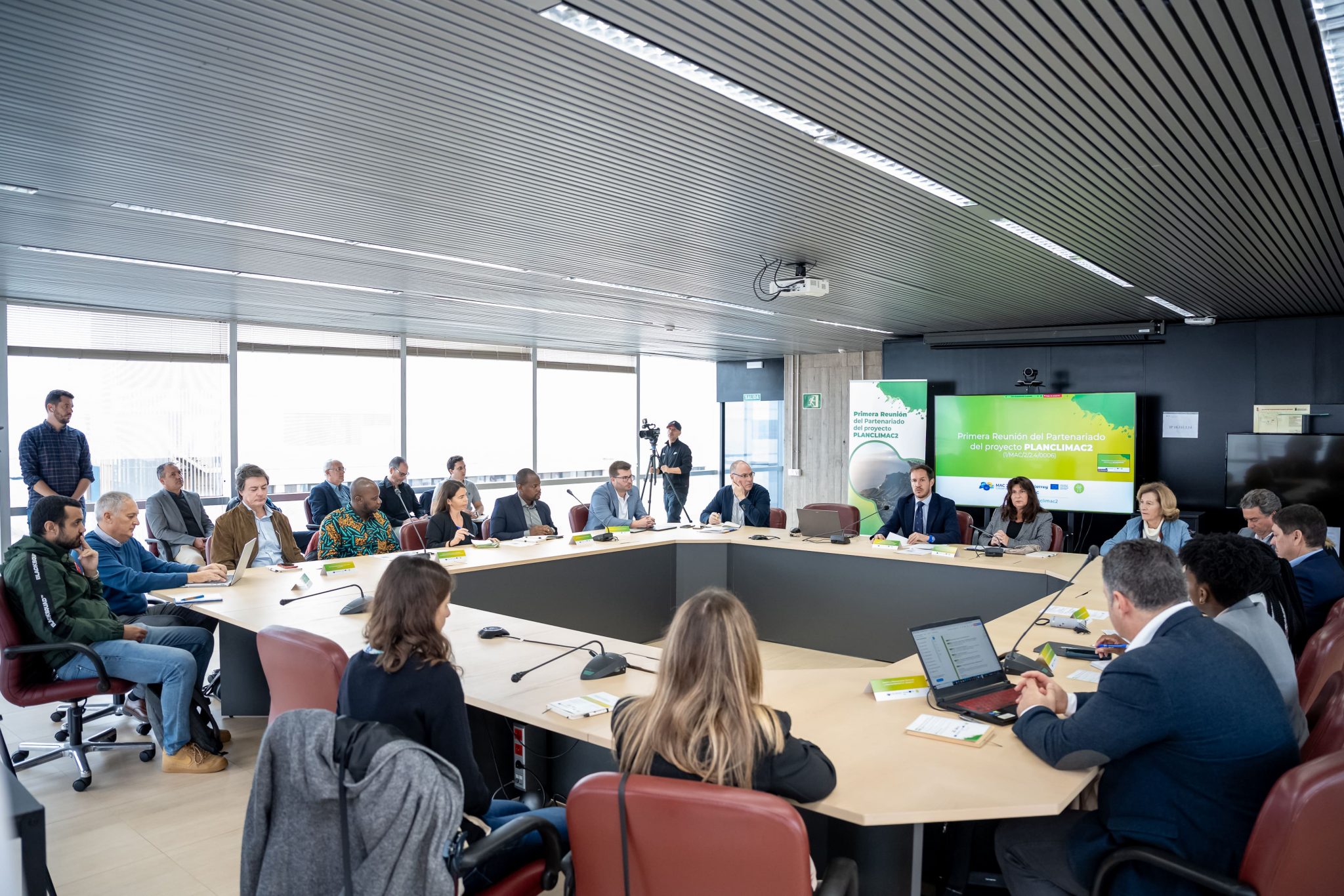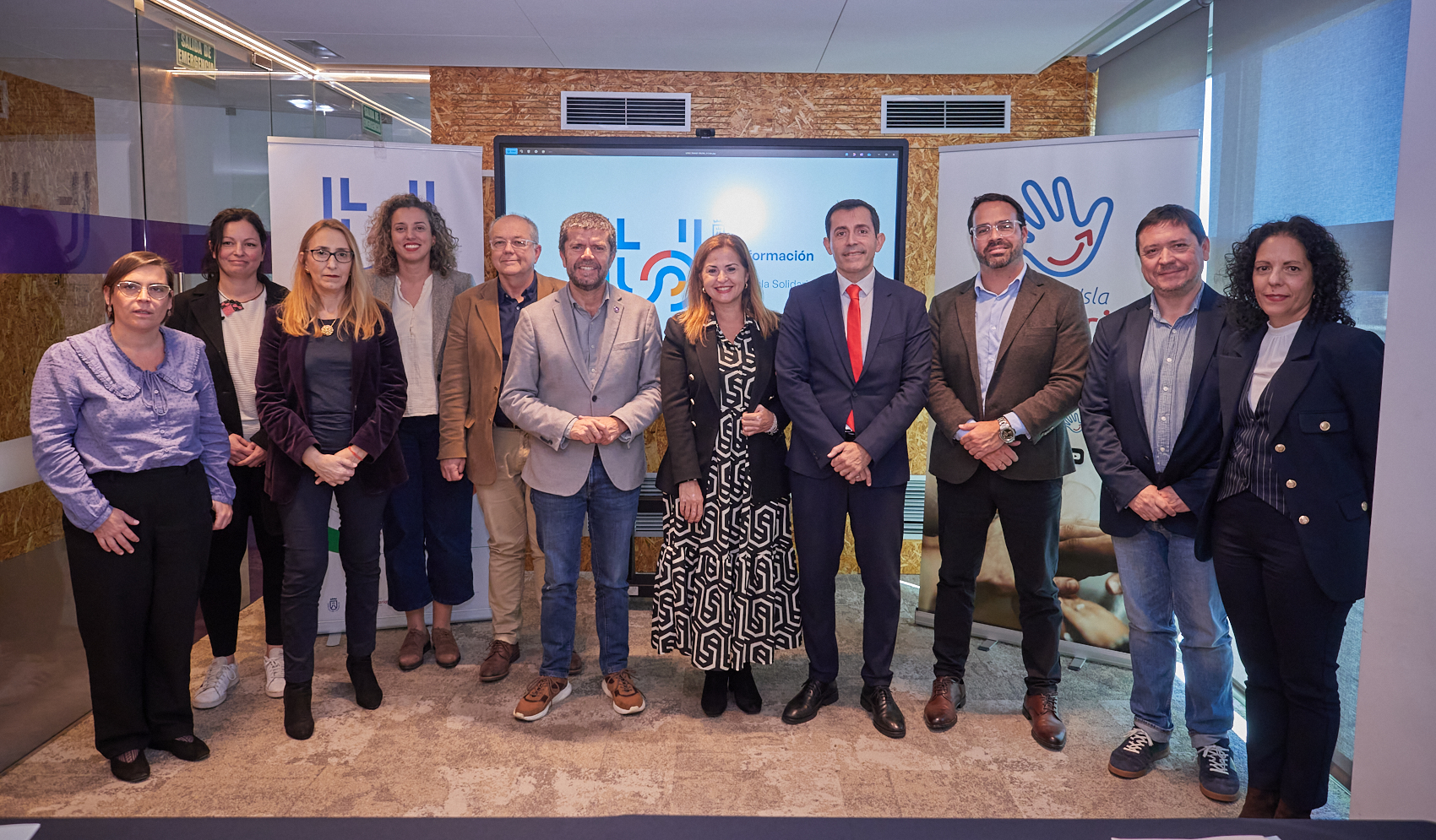System for the optimization of irrigation water intended for gardens using the application of the Digital Twin
Data
Acronym: GARTWIN
Reference: CPP2022-009884
Partners: VAINSA S.A, Instituto Tecnológico y de Energías Renovables (ITER) and Universidad Politécnica de Valencia (UPV).
Duration: 2023-2026
Budget: 954,664.95 €
Co-Financing: Public-Private Collaboration 2022. State Plan for Scientific and Technical Research and Innovation 2021-2023. Ministry of Science and Innovation. Project CPP2022-009933 funded by MCIN/AEI / 10.13039/501100011033 and by the European Union NextGenerationEU/ PRTR.

Project overview
The overall objective of this project is to develop a novel and easily replicable system for the hydric management of gardens which, without the use of in-situ sensors, is capable of predicting the hydric needs of all the species in the garden; establish the optimal irrigation of the gardens from a local optimization algorithm; and provide a system for the management and analysis of the hydric state of the species that can be visualized in geographic information systems (GIS).
This objective is clearly related to the strategic line of sustainable cities and ecosystems belonging to the theme of climate, energy, and mobility stipulated in the State Plan for Scientific and Technical Research and Innovation 2021-2023, since GARTWIN optimizes available water resources.
To achieve the overall objective of the project, the following specific objectives have been set:
- SO1 Generate a database of the garden coefficients for the most representative tree, shrub, and flower species in the gardens of Spain.
- SO2 Develop a system that allows estimating the hydric needs of vegetation (evapotranspiration and soil moisture conditions), without the use of in-situ sensors; and with an accuracy greater than 85%. Including the methodology and algorithms to automatically obtain the variables responsible for updating the hydric needs prediction system.
- SO3 Develop an urban solar radiation model that allows considering the diffuse, direct, and reflected fractions and the shadows generated by the environment on the gardens.
- SO4 Develop a Neural Network to automatically identify species from aerial images, with the objective of automatically assigning species coefficients to any analyzed garden.
- SO5 Develop a local optimization algorithm that allows managing irrigation with an efficiency greater than 90%, considering the garden’s evapotranspiration, precipitation, surface runoff, previous irrigation endowment, and soil moisture.
- SO6 Assembly of the system to obtain a TRL6 prototype and its validation in relevant and operational environments ensuring the fulfillment of the previous objectives.
The deployment of GARTWIN in public gardens will enable the optimization of water resources and the digitization and knowledge of natural heritage, promoting the transition towards more sustainable irrigation practices.
Links of interest:


